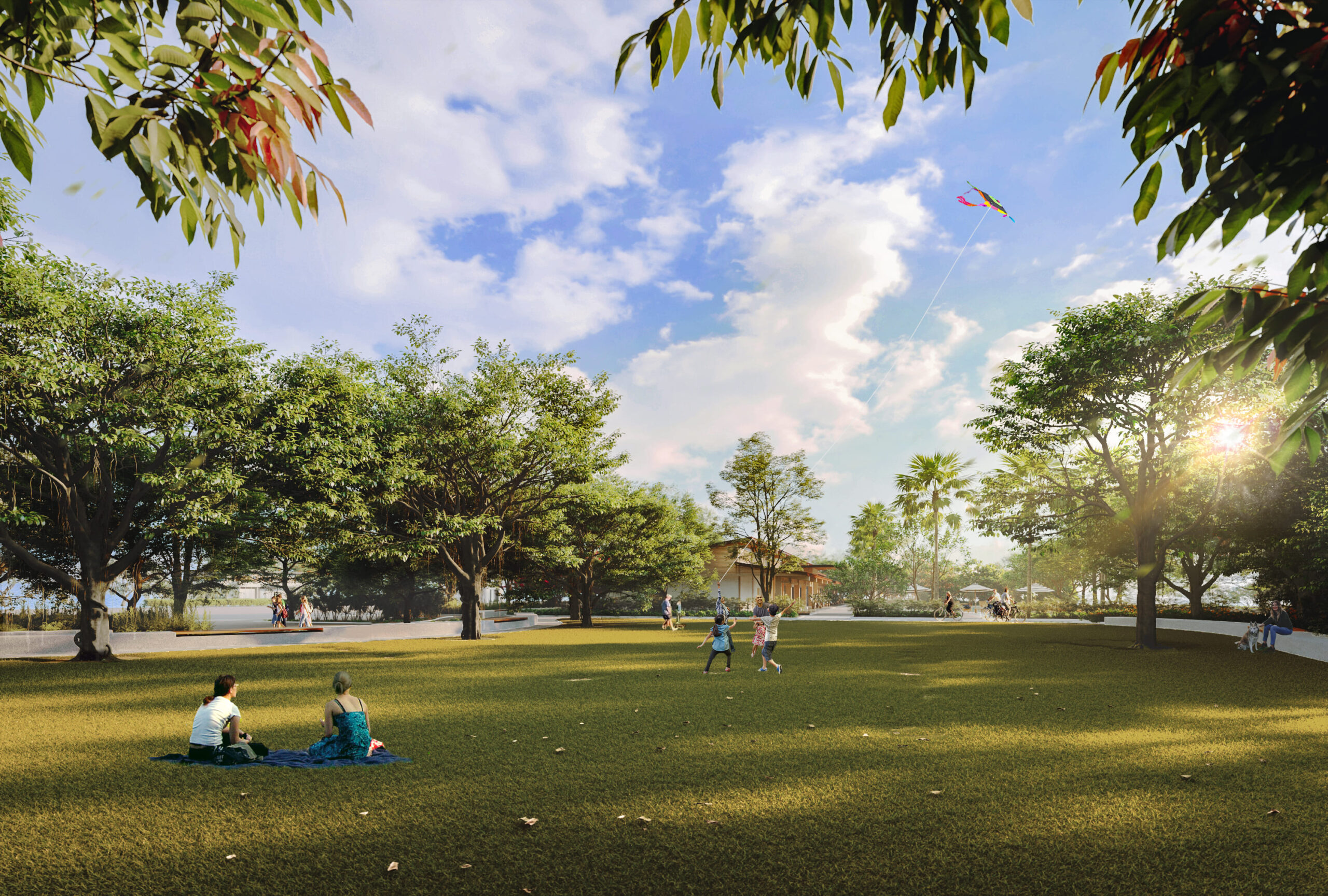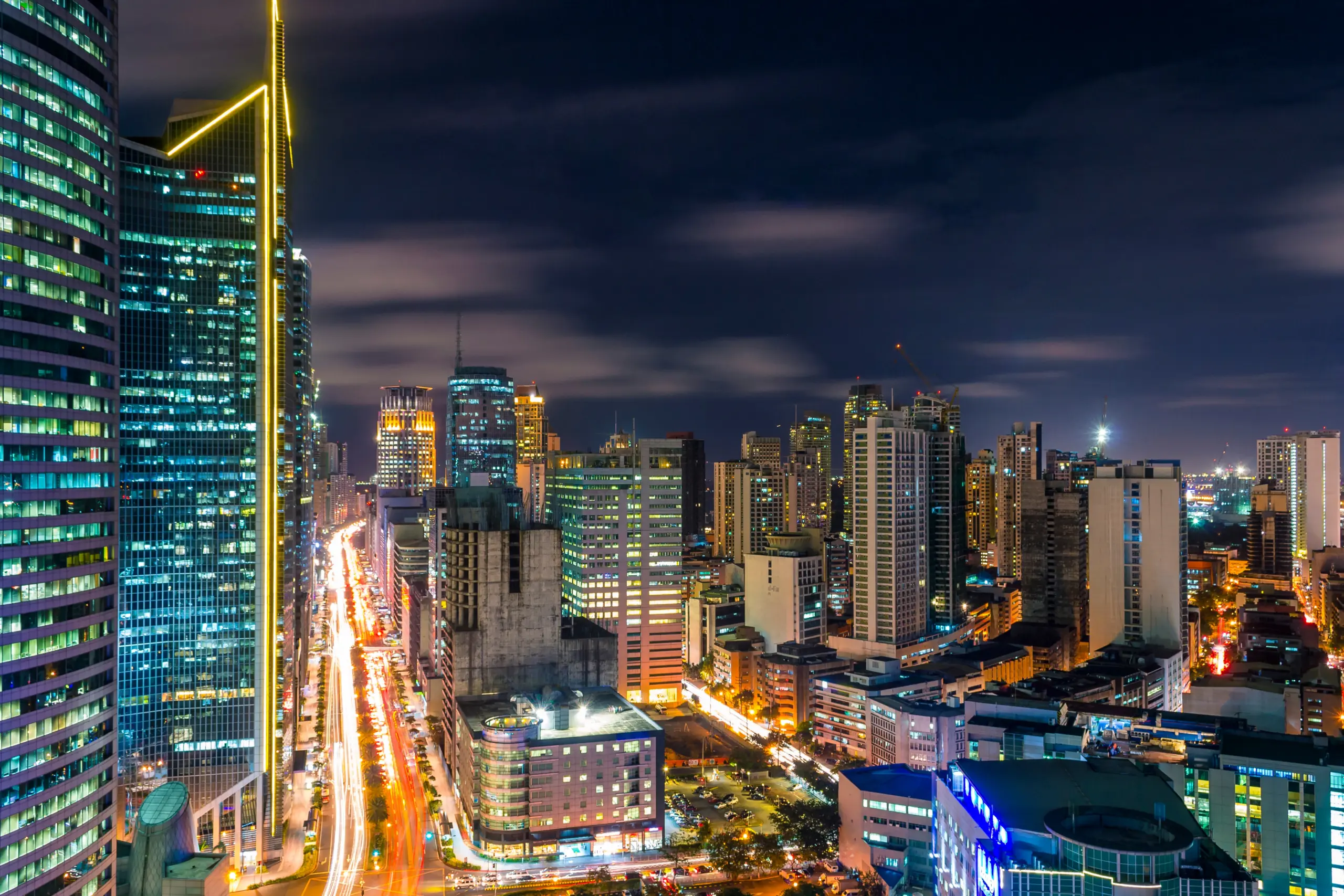What to do Before, During and After a Storm



Understanding PAGASA’s Weather Advisories
PAGASA, responsible for ensuring Filipinos’ safety during weather-related calamities, releases emergency weather advisories whenever a particularly intense storm or typhoon enters PAR.Rainfall Advisories
PAGASA classifies rainfall based on rain measurements from a rain gauge and the threat of flood.Yellow rainfall advisory
The expected rainfall amount sits between 7.5 mm and 15 mm within one hour. Flooding is possible in low areas, so residents must constantly monitor news and announcements for developments.Orange rainfall advisory
Rainfall amount ranges from 15 mm to 30 mm within an hour. Flooding is an imminent threat in low areas, so residents must prepare for evacuation orders from the local government.Red rainfall advisory
Rainfall exceeds 30 mm within an hour or 65 mm for the next three hours of continuous rains. Communities should rush to higher areas or evacuation zones as severe and potentially deadly floods are already present.Wind Signals
PAGASA classifies wind separately from rain, using signals based on speed, threat, and impact on life and property.Wind signal #1
Winds have a force of approximately 39 to 61 km/h. In effect, houses with light materials and dilapidated structures suffer minor damage. Trees also sway in the wind but generally do not pose a threat of harm or damage. Daily activities may proceed as usual, albeit with minimal disruptions to public transportation.Wind signal #2
Winds are picking up their pace with speeds ranging from 62 to 88 km/h. Structures made from simple materials suffer moderate damage. The wind is strong enough to blow away light items, causing further damage and uprooting delicate plants like banana trees. People may experience power outages due to fallen electrical wires.Wind signal #3
Storm-force winds range from 89 to 117 km/h. At this point, structures made from unreinforced hollow blocks may suffer roof, window, and wall damage. Unsecured outdoor items may turn into projectiles with the wind, causing additional damage and potential injuries.Wind signal #4
Typhoon-force winds have a speed of up to 184 km/h. Poorly constructed houses experience severe damage; even high-quality structures may suffer from roof failures and blown-out windows. Buildings can sway and shatter unsupported glass windows. The wind also forcibly launches debris, causing damage, significant injuries, and possible deaths.Wind signal #5
The strongest of all the categories, these winds reach speeds greater than 185 km/h. Most infrastructures suffer from damage of varying degrees. Projectiles pose a significant risk of severe injury and death, while electricity, water, and telecommunications are unavailable for an extended period. To illustrate, Typhoon Karding (Noru) reached signal #5 on Sept. 25, 2022, sustaining winds up to 195 km/h. The super typhoon ravaged most of Luzon, leaving destruction and multiple casualties along its path.How to Stay Safe in Your Condo During a Storm
Adequate preparation and emergency planning are essential to staying safe inside your condo during a storm. Here are ways to accomplish them.Before the storm
Develop a family emergency plan
An emergency plan keeps your family on the same page regarding dos and don’ts. If you reside in a Federal Land property, review Federal Property Management Corporation’s (FPMC) evacuation plans and safety procedures to learn what to do during intense storms. Also, consider performing condo maintenance beforehand to minimize property damage.Monitor weather advisories
Storms often change trajectories. Even if one is around, say, Mindanao, it can suddenly change its course and head to a different location. So, monitor weather advisories and announcements from PAGASA and relevant authorities to prepare for possible flooding, blackouts, and evacuation orders.Charge cell phones and power banks
Strong winds and heavy rain can bring down power lines and posts, causing widespread blackouts. You may be unable to contact relatives and emergency services or listen to the news if your phone batteries go empty. Always have adequate power on your phones and power banks, especially when a potentially strong typhoon enters PAR. Fortunately, Federal Land’s properties have in-house generators to provide residents with constant access to electricity, even during blackouts.Prepare an emergency kit
Preparing an emergency kit to help you survive severe storms is a good practice. Keep the following necessities in the kit:- Water and food supplies
- First aid kit and medicine
- Toiletries
- Whistle
- Flashlight
- Batteries
- Radio
- Warm clothes
- Important documents
- Cash
Be familiar with emergency hotline numbers
Always ensure access to a mobile phone and prepaid load cards during emergencies. Compile a list of hotline numbers to call during emergencies. Add the following to everyone’s contact list:- National emergency hotline: 911
- NDRRMC (National Disaster Risk Reduction and Management Council): 8911-5061 to 65
- Red Cross: 8790-2359
- Bureau of Fire Protection: 8426-0246 or 8426-0219
-
Evacuate if told to do so
During the storm
Stay indoors, and secure your family and pets
Strong winds and heavy floods make it dangerous to remain outside during storms, so secure your family and pets indoors. Federal Land’s well-built condos provide more than adequate protection during storms and other calamities, so rest assured that your family is safe indoors. Meanwhile, family members at work or school should seek shelter in a secure building immediately.Monitor weather updates
Storm patterns can change anytime. Wind advisories may quickly jump from signal #1 to #3, so monitoring weather advisories in the news or online is crucial to stay informed. The NDRRMC sends rainfall warning alerts through mobile phones for updates in your area.Use your phone sparingly to preserve battery life
Try to minimize phone use during storms to avoid running out of battery. Even if your area has power, a blackout can happen anytime without telling how long it’ll last. Power banks also run out of juice quickly, so always keep your phone’s battery level high during calamities.Avoid wading through floodwater
Leptospirosis-causing bacteria from animal urine is often present in floods, usually entering the body through wounds submerged in contaminated water. The severe disease might lead to kidney damage, meningitis, respiratory failure, and death, so wear boots if you need to cross floods.Stay clear of windows
Flying debris is extremely dangerous and potentially fatal. Debris can slam into windows, shattering them and launching glass fragments into the air. Since windows pose these hazards, it’s best to stay clear of them. Alternatively, consider boarding them up before a severe storm hits your area.After the storm
Clean up debris
Strong winds typically scatter debris and trash everywhere. They might land on the balcony and rooftop, creating slipping hazards and clogging drainage systems during heavy rain. So, clean up after the storm and dispose of the debris properly.Check for possible breeding places for mosquitoes
Rainwater may collect inside basins or create puddles in areas without drains, becoming breeding grounds for mosquitoes. Aside from irritating bites, they might also carry microbes that cause severe diseases like dengue fever and malaria. Check your balcony for accumulated water and empty them to prevent mosquitoes from multiplying.When power returns, turn on appliances gradually
If you switched appliances off during blackouts, avoid switching them on immediately when power returns. Otherwise, they could suffer a power surge and damage their components. Wait for a few minutes, then turn them on one by one to protect them from sudden voltage spikes. With that said, Federal Land projects have backup generators that power common areas and a portion of your unit during power outages.Check the fridge for spoilage
Blackouts could last longer than anticipated, leading to food spoilage inside unpowered refrigerators. During or after a storm, check your fridge to see if any food has spoiled, then throw them out to avoid further contamination and possible food poisoning.Don’t use wet outlets
Heavy wind can blow rainwater indoors—especially if your condo has a balcony—which may reach power outlets and extensions and create deadly electrical hazards. After a storm, get an electrician to check and maintain wet outlets before using them to prevent electrical shocks.Keep Loved Ones Safe During Storms
Storms are inevitable in the Philippines, but you can prepare for them with adequate emergency planning. Even if the skies are clear, get familiar with PAGASA’s weather advisories to understand the impact of wind and rain when they arrive. Moreover, take appropriate measures to secure your condo and ensure your safety. Living in a secure residence is an essential part of staying safe during storms. Because of their strategic location, build quality, and facilities like backup power generators, condominiums are one of the most secure housing options for families. Federal Land, the leading real estate company in the Philippines, offers well-built and thoughtfully designed ready-for-occupancy condominiums to prioritize your safety. With your property located in prime spots in the country, you can be sure your loved ones are safe through any calamity. Contact them to learn more!
Melecio Martin G. Arranz IV
Digital Marketing Head
Martin is an experienced marketer with over 16 years of experience across various industries including real estate, banking and finance, technology, and advertising.
Martin has a broad range of expertise in having handled campaigns, brand launches, activations both in the traditional and digital space. Currently serving as the Digital Marketing Head at Federal Land, Martin leads a team focused on managing digital sales and platforms for the residential, estates and commercial business units.
linkedinINQUIRE NOW
Let us know what you are looking for. Get updated portfolio delivered straight to your inbox.





